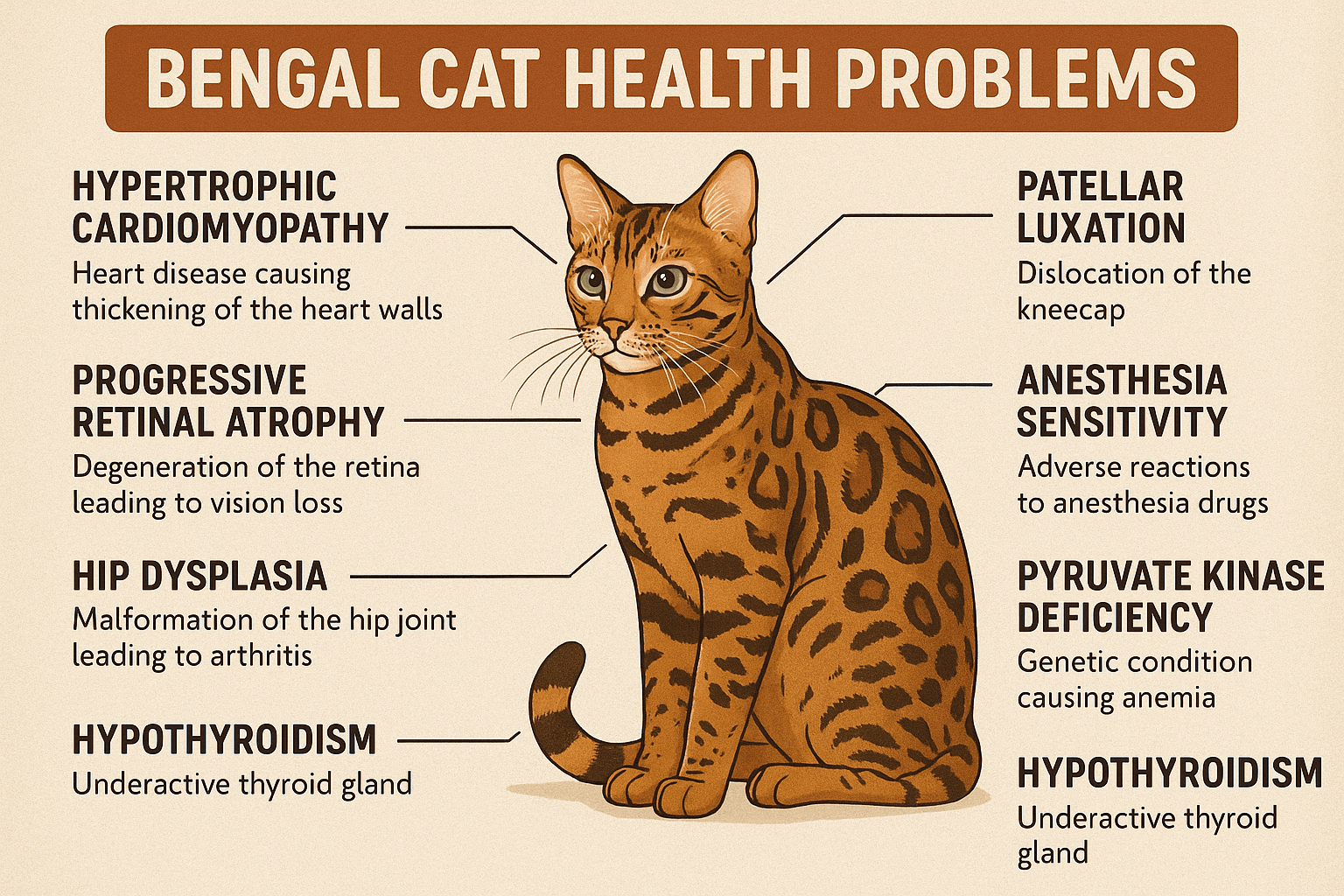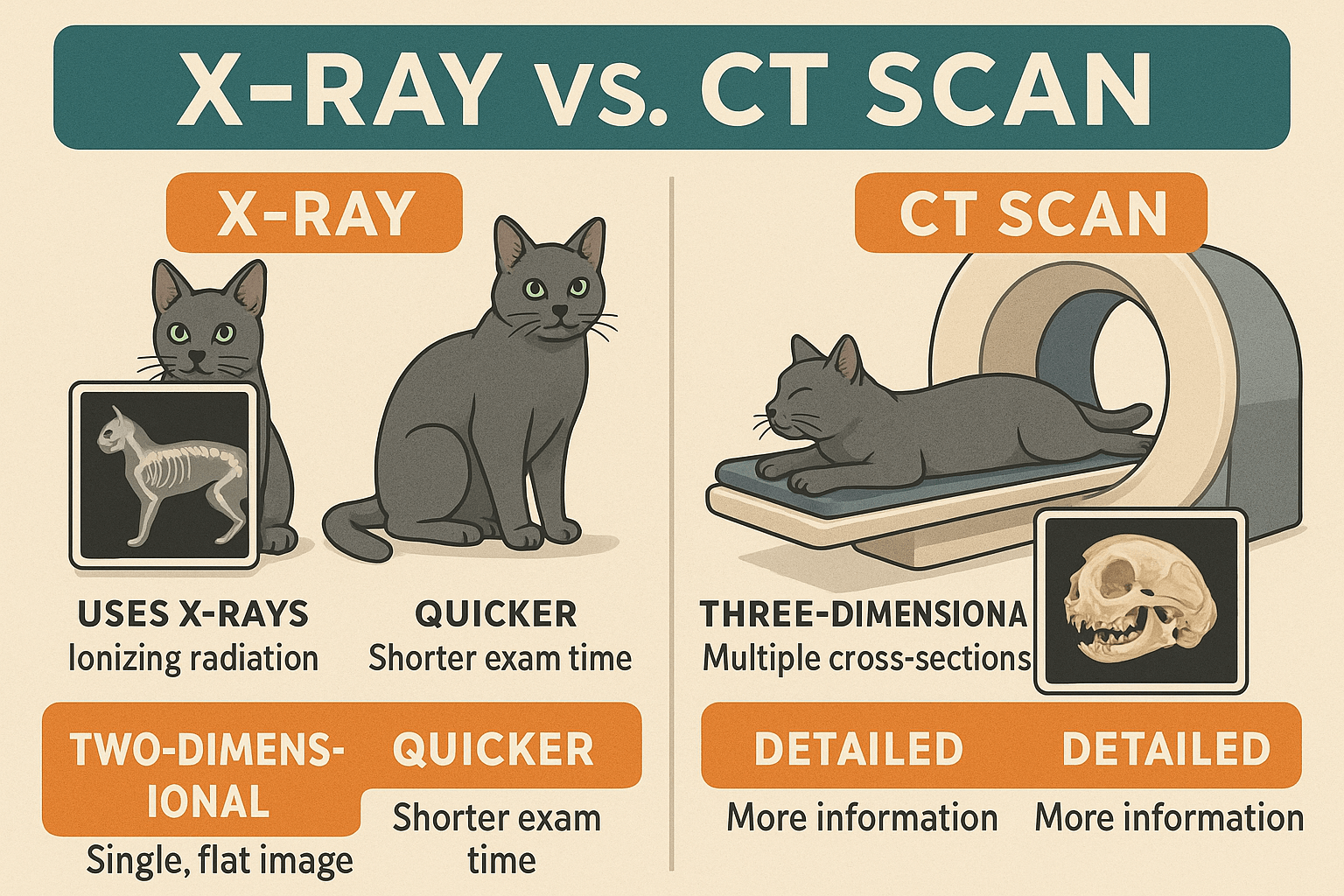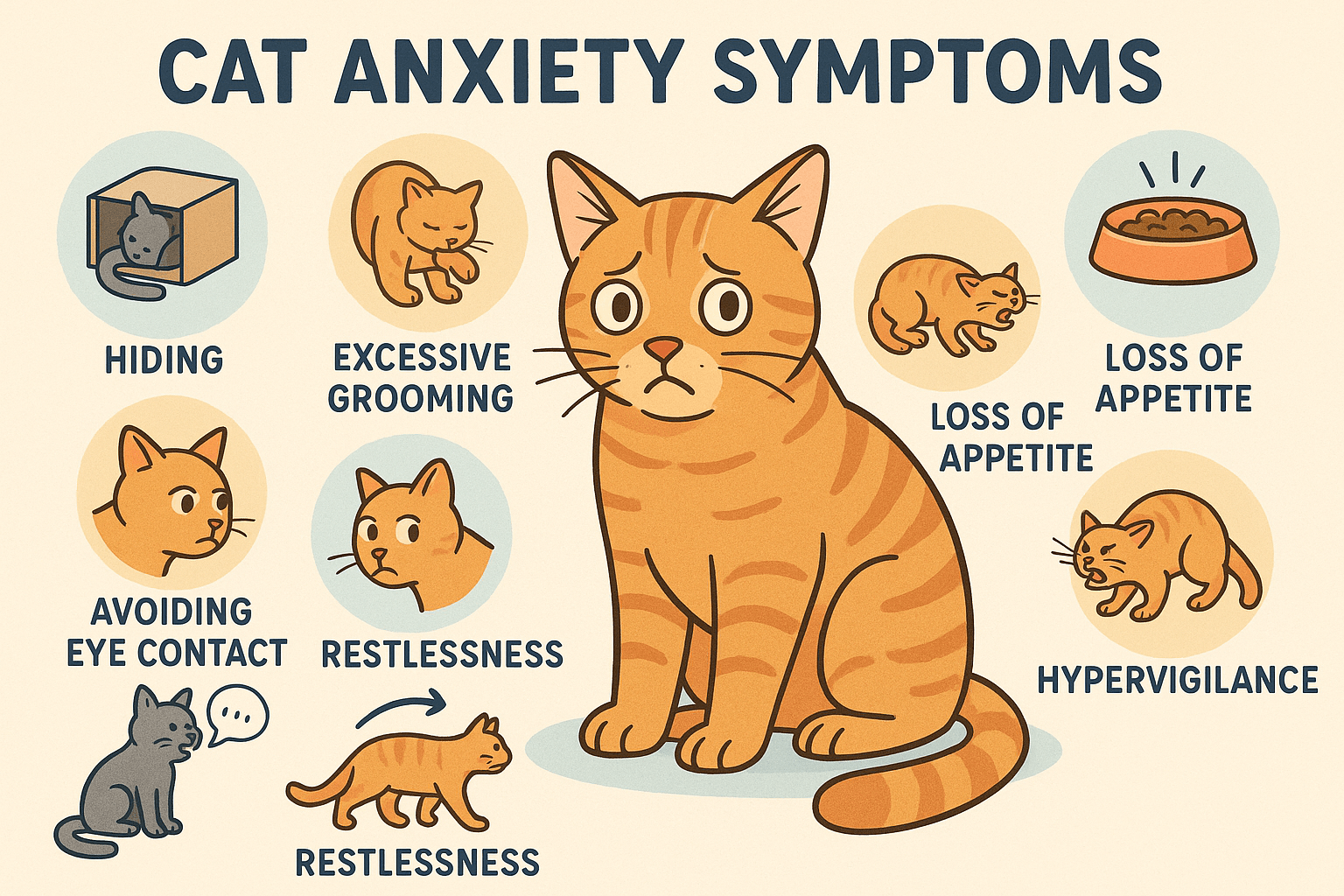Why Does My Dog Sit on My Feet?
Have you ever wondered why your furry friend insists on plopping down right on your feet? If you’re a dog owner, this adorable yet puzzling behavior might have crossed your mind more than once. Dogs are known for their quirky habits, but sitting on your feet often feels like more than just a random act. It’s a behavior rooted in instinct, emotion, and even communication. In this blog post, we’ll explore the reasons behind this endearing habit and what it reveals about your bond with your four-legged companion.
The Emotional Connection: Why Dogs Seek Comfort
Dogs are inherently social animals, and their actions often reflect their emotional state. Sitting on your feet can be a way for your dog to express comfort and trust. Here’s why this behavior might stem from an emotional connection:
- Sense of Security : Being close to you makes your dog feel safe. Your presence provides a sense of protection, especially if they’re anxious or unsure about their surroundings.
- Bonding Behavior : Dogs are pack animals, and sitting on your feet reinforces their connection to you as part of their “pack.”
- Affection : Just like cuddling or leaning against you, sitting on your feet is a way for your dog to show love and affection.
- Separation Anxiety : If your dog struggles with being apart from you, sitting on your feet might be their way of staying as close as possible.
- Comfort Zone : The warmth and scent of your feet can be soothing for your dog, making it their preferred spot.
In summary, when your dog sits on your feet, it’s often a sign that they feel deeply connected to you and seek comfort in your presence.
Instinctual Behavior: Tracing Back to Their Ancestral Roots
To fully understand why your dog sits on your feet, it’s essential to consider their evolutionary background. Many of their behaviors today are influenced by instincts passed down from their wild ancestors.
- Pack Mentality : In the wild, dogs stay close to their pack members for survival. Sitting on your feet mimics this instinctual need to stay near their “leader.”
- Territorial Marking : By sitting on your feet, your dog may be subtly marking you as part of their territory. This behavior is linked to their ancestral urge to claim resources.
- Protection Instinct : Wild dogs often position themselves near their pack leader to shield them from potential threats. Your dog might see you as someone they need to guard.
- Hunting Dynamics : Historically, staying close to the pack leader ensured access to food and safety. Sitting on your feet could be a modern-day equivalent of this behavior.
- Temperature Regulation : In colder climates, dogs naturally huddle together for warmth. Sitting on your feet might help them stay cozy.
Understanding these instinctual roots can help you appreciate why your dog chooses such a specific spot to relax.
Expert Insight: What Professionals Say About Foot-Sitting Behavior
Renowned canine behaviorist Dr. Patricia McConnell explains, “Dogs often sit on their owner’s feet as a blend of affection, security, and territorial marking. It’s their way of saying, ‘You’re mine, and I’m yours.'” This behavior underscores the deep emotional bond dogs forge with their humans.
Check this guide 👉 Why Does My Dog Rub Its Face on the Carpet? Best 7 Tips!
Check this guide 👉 Why Does My Dog Keep Licking Her Privates? Best 7 Tips!
Check this guide 👉 Why Is My Dog Swallowing So Much? Best 7 Expert Tips!

Possible Reasons | What It Means |
|---|---|
Seeking Attention | They want your focus and interaction. |
Feeling Anxious | They’re looking for reassurance during stressful moments. |
Claiming Ownership | They’re marking you as part of their “territory.” |
Showing Loyalty | They’re expressing their devotion to you. |
Needing Comfort | They find solace in your proximity and warmth. |
Physical Factors: Could There Be a Practical Reason?
Sometimes, your dog’s choice to sit on your feet isn’t purely emotional or instinctual—it might also be influenced by physical factors. Here’s what could be at play:
- Cold Weather : If it’s chilly indoors or outside, your dog might seek warmth by sitting on your feet.
- Pain or Discomfort : Dogs with joint issues or injuries might prefer sitting on your feet because it’s softer than the floor.
- Limited Space : In smaller homes or crowded environments, your feet might simply be the most accessible spot for them to rest.
- Surface Preference : Some dogs dislike hard or cold surfaces and opt for your feet as a cozier alternative.
- Health Concerns : Rarely, frequent foot-sitting could indicate underlying health issues like anxiety disorders or neurological problems.
If your dog’s behavior seems unusual or excessive, it’s worth consulting a veterinarian to rule out any medical causes.
Training Tips: Managing the Behavior if Needed
While having your dog sit on your feet is generally harmless, there might be times when you’d like to redirect this behavior. Here’s how you can manage it effectively:
- Provide Alternatives : Offer a soft bed or blanket nearby to encourage them to sit elsewhere.
- Reward Desired Behavior : Use treats or praise to reinforce when they choose a different spot to rest.
- Set Boundaries : Gently guide them away from your feet and establish clear rules about personal space.
- Address Anxiety : If anxiety drives the behavior, work on calming techniques like soothing music or interactive toys.
- Be Consistent : Training takes time, so remain patient and consistent with your approach.
With these strategies, you can create a balance between respecting your dog’s needs and maintaining your own comfort.
The Role of Breed Traits in Foot-Sitting Behavior
While all dogs share common instincts, certain breeds may be more inclined to sit on your feet due to their unique traits and temperaments. Understanding breed-specific tendencies can provide further insight into this behavior.
- Herding Breeds : Dogs like Border Collies or Australian Shepherds are known for their protective nature. Sitting on your feet might reflect their instinct to keep you “in line.”
- Guarding Breeds : Breeds such as German Shepherds or Rottweilers often exhibit territorial behaviors, which could explain why they position themselves near you.
- Companion Breeds : Lapdogs like Cavalier King Charles Spaniels or Pugs are bred for closeness. Their foot-sitting habit might simply stem from their desire to stay physically connected.
- Working Breeds : Dogs like Labrador Retrievers or Boxers have high energy levels and crave interaction. Sitting on your feet could be their way of staying engaged with you.
- Scent Hounds : Breeds like Beagles or Basset Hounds rely heavily on scent. By sitting on your feet, they remain close to your unique smell, which comforts them.
In conclusion, your dog’s breed can play a significant role in why they choose to sit on your feet, highlighting the fascinating diversity of canine personalities.
How Your Dog’s Age Influences This Behavior
A dog’s age can also impact their tendency to sit on your feet. From playful puppies to wise seniors, each life stage brings different motivations for this endearing habit.
- Puppies : Young dogs often seek comfort and security as they adjust to new environments. Sitting on your feet helps them feel grounded.
- Adolescents : During their teenage phase, dogs may test boundaries and explore their independence, but they still crave closeness.
- Adults : Mature dogs are more likely to sit on your feet out of loyalty and affection, solidifying their bond with you.
- Seniors : Older dogs may experience physical discomfort or mobility issues, making your feet a convenient resting spot.
- Rescue Dogs : Regardless of age, rescue dogs might exhibit this behavior as part of their healing process, seeking reassurance after past hardships.
Ultimately, your dog’s age can shape how and why they express their attachment to you through foot-sitting.
Environmental Factors That Encourage Foot-Sitting
Your home environment and daily routines can influence whether your dog develops a habit of sitting on your feet. External factors often play a surprising role in shaping this behavior.
- Small Living Spaces : In apartments or compact homes, your feet might be one of the few available spots for your dog to relax.
- Busy Households : If your home is bustling with activity, your dog might seek refuge near you to escape the chaos.
- Cold Floors : Hardwood or tile floors can feel uncomfortable, prompting your dog to find warmth by sitting on your feet.
- Routine Changes : Major life events, like moving or welcoming a new family member, might trigger clingy behaviors like foot-sitting.
- Attention Patterns : If you’ve inadvertently rewarded this behavior in the past (e.g., by petting them), your dog may repeat it to gain your focus.
In summary, environmental influences can significantly contribute to why your dog chooses to sit on your feet, emphasizing the importance of context in understanding their actions.
FAQ: Common Questions About Dogs Sitting on Feet
Is it normal for my dog to sit on my feet?
Yes, it’s completely normal and often a sign of affection or comfort-seeking.
Does this behavior mean my dog is anxious?
Not necessarily. While anxiety can be a factor, it’s more commonly a display of love and loyalty.
Should I stop my dog from sitting on my feet?
Only if it becomes inconvenient or problematic. Otherwise, it’s a harmless and endearing habit.
Can sitting on feet indicate dominance?
Rarely. Most dogs do this out of affection rather than asserting dominance.
What if my dog suddenly starts sitting on my feet?
A sudden change in behavior could signal stress, illness, or environmental changes. Monitor them closely and consult a vet if needed.
Conclusion: Celebrating the Bond with Your Dog
Your dog sitting on your feet is a testament to the incredible bond you share. Whether it’s driven by instinct, emotion, or practicality, this behavior underscores the deep connection and trust between you and your pet. Understanding the motivations behind it allows you to nurture this relationship even further. So the next time your furry friend plants themselves firmly on your feet, take a moment to appreciate the love and loyalty they’re expressing—it’s one of the many joys of sharing your life with a dog.
High Liver Enzymes in Cats: Best 7 Expert Tips! Discover causes, symptoms, and treatment options for elevated liver enzymes in cats. Learn how to support your cat’s liver health effectively.
Bengal Cat Health Problems: Best 7 Expert Tips! Discover expert advice on common Bengal cat health issues, preventive care, and tips to keep your feline friend healthy and happy for years to come.
X-Ray vs CT Scan for Cats: Best 7 Expert Tips! Discover key differences, benefits, and expert advice on choosing the right imaging method for your cat’s health needs.
Cat Anxiety Symptoms: Best 7 Expert Tips! Discover signs of feline stress, effective calming strategies, and expert advice to help your cat feel safe, happy, and relaxed at home.





